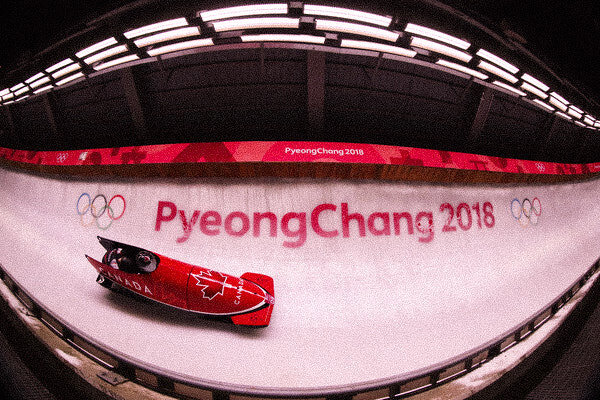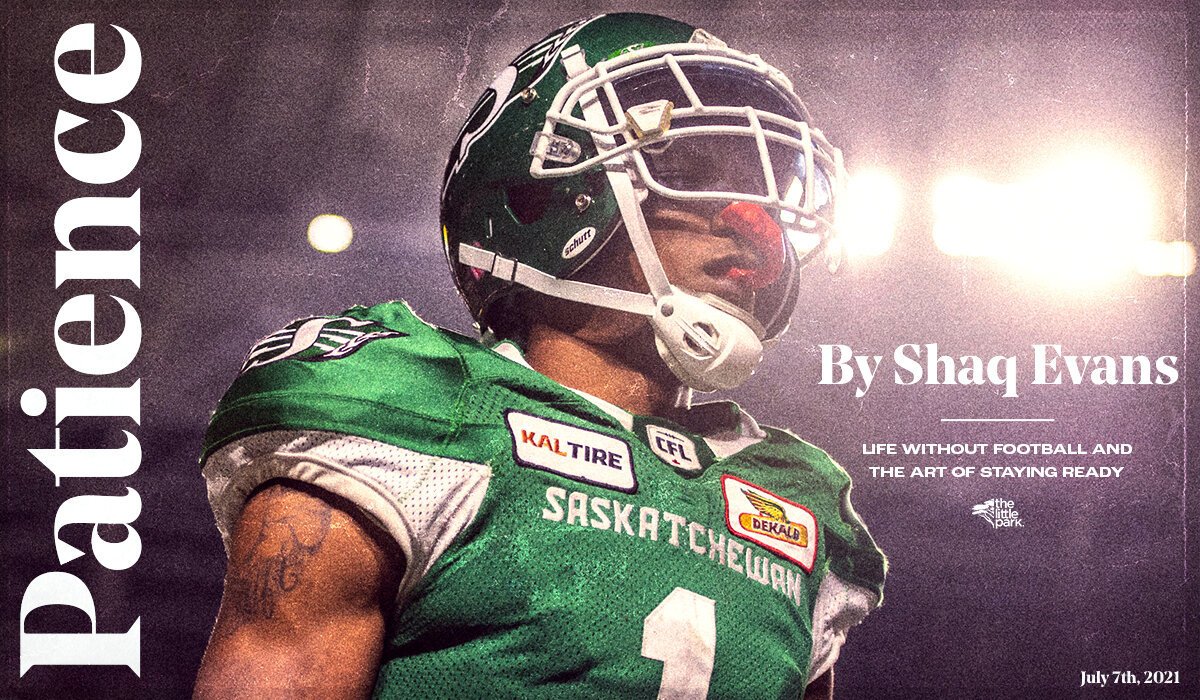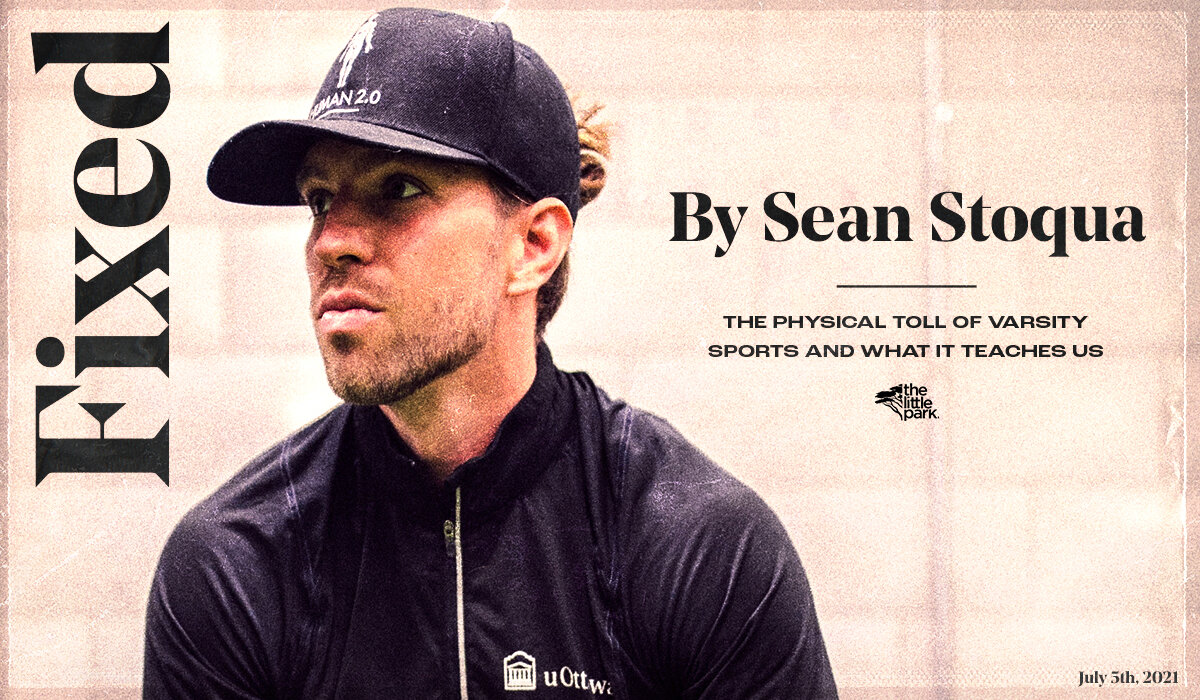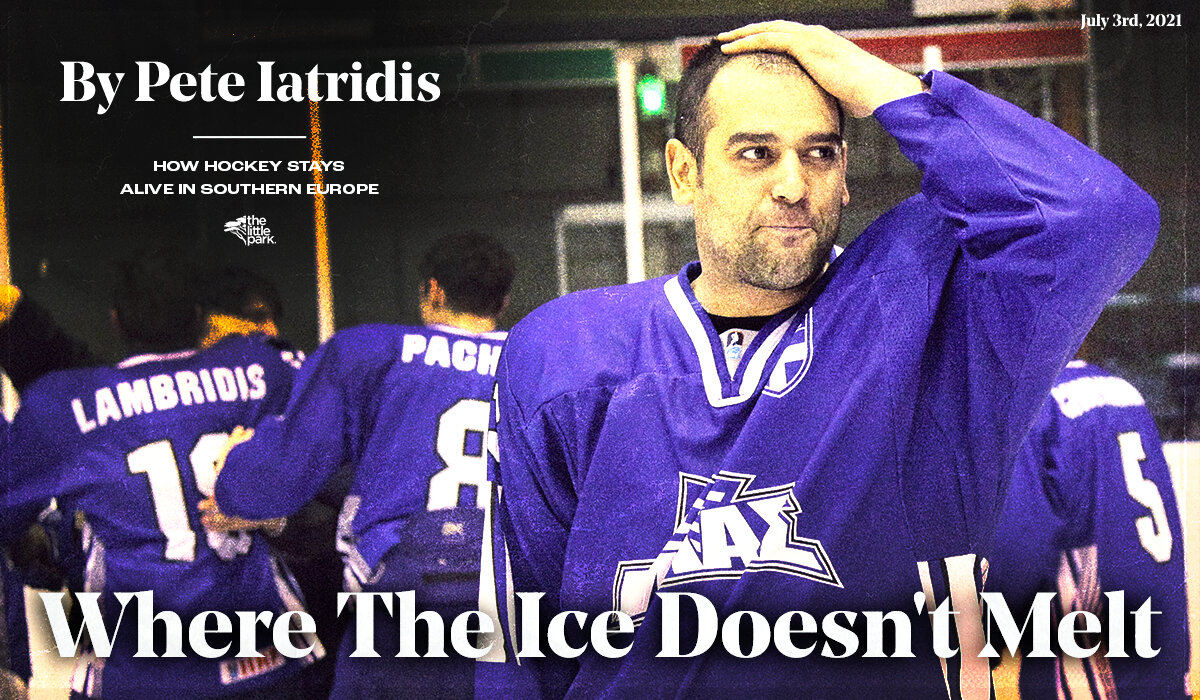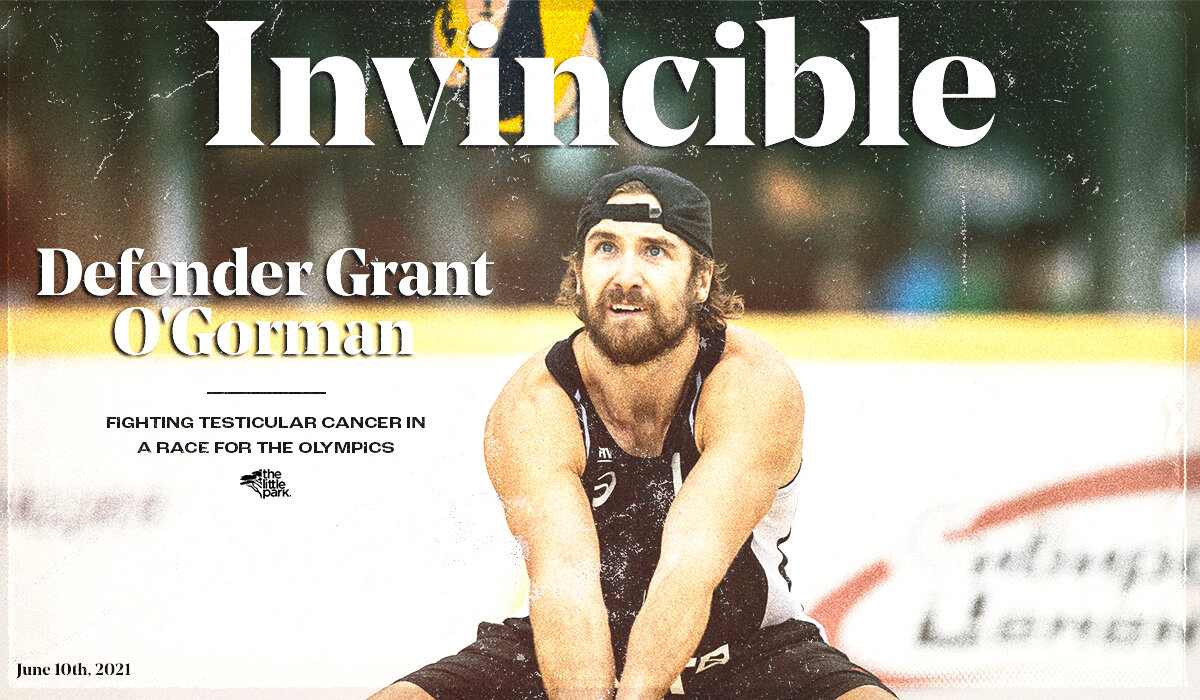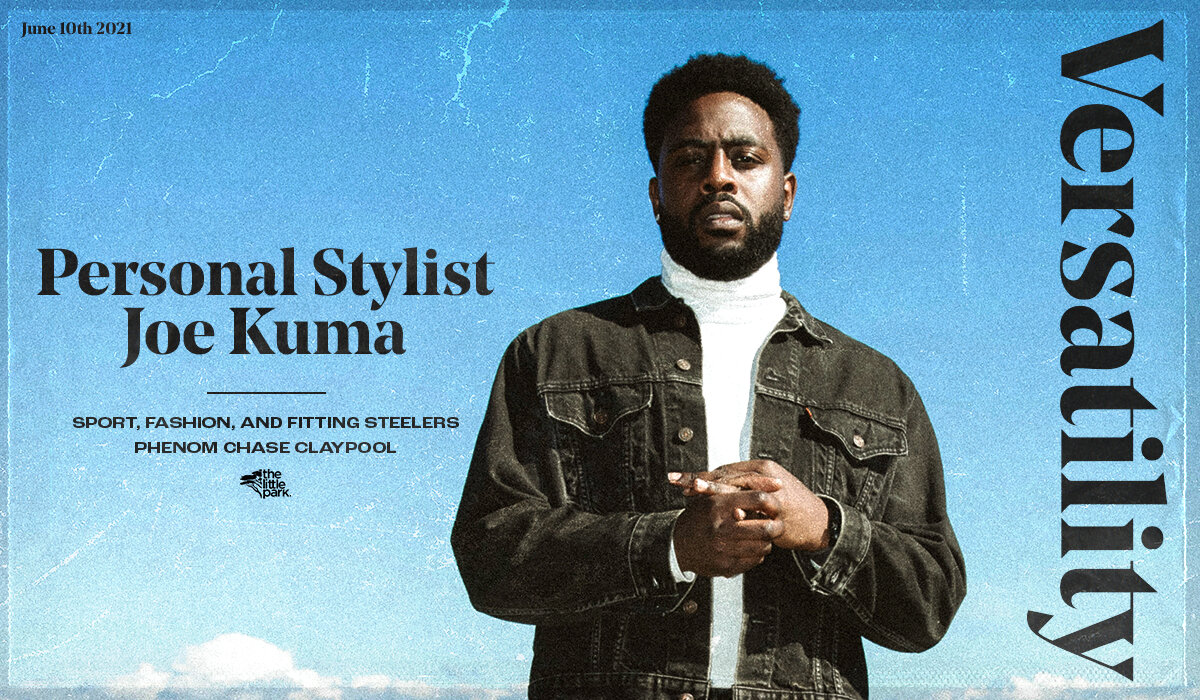My journey into bobsleigh started by both chance and injury.
It began at the University of Alberta, where I was attending on both a track and basketball scholarship. The volume of activity proved to be challenging and I dropped track after my first year. Year two resulted in surgery on my shins.
I was fortunate that one of my professors — an ex-Olympic weightlifter — took me under his wing to teach me how to lift weights for fitness while I was unable to run for a few months.
One day we just happened to be in the gym with the Canadian bobsleigh team.
I expressed my interest, but was informed that if I made the team, I would have to forfeit my scholarship and current university status. I dropped the idea and continued on with basketball and school.
By the summer of 2012, I had played all five years of eligibility and graduated with a Bachelor of Science in Kinesiology. I took a year off from school to study and write the MCAT (twice) while applying to medical schools.
I didn’t get in and there was no back-up plan. I was in a bad place mentally about the trajectory of my future.
This was around the time of the London 2012 Olympic Games and I remember turning the TV on to the opening ceremonies. Watching the Canadian athletes parading out with the big Maple Leaf on their chests and waving Canada flags was special. Each athlete was wearing a look of pride and accomplishment.
I wanted to feel that way. Why had I never envisioned the Olympics?
The foundation of my athletic goals had always directed towards university sport, but when that was over, I couldn't shake the feeling of having unfinished business in athletics.
I searched “How To Get Into The Sport Of Bobsleigh” (as a washed up basketball player who hadn’t seen the inside of a gym in 15 months). Two weeks later, I was in Calgary for an ID camp. Six weeks after that, I was invited to the Alberta team tryouts and squeaked onto the provincial team as a brakeman.
At this point, I still hadn’t taken a trip down a real track.
I spent my first year of bobsleigh learning from more experienced athletes in the back seat as a brakeman. I realized if I wanted to have a fighting chance of becoming an Olympian, I would have to learn how to drive the sleigh. I was a great all-around athlete but was never going to be the fastest or the strongest girl on the team. If I had the skill to navigate the track, I could earn my own way to the Olympics through qualification.
After two weeks at pilot school, I started as a provincial level pilot.
And sucked.
Throughout the five-month season, I crashed 12 times. Let me tell you, flipping upside-down in a carbon fibre box filled with metal, going speeds over 130 km/h doesn’t feel very good. I stuck with it, though, and by the end of the season became a provincial champion.
I cracked the national development team roster the next year and was told I’d never push fast enough to be in the actual program. That's the thing about bobsleigh, the athletes recruited are usually genetic freaks. The higher ups in the sport don’t have the time or resources to build great athletes. If you didn’t try out as a beast, they often told you to get lost.
This is where I learned that I didn’t like people putting limits on my potential.
I decided to prove them wrong, scrounging every penny in my name to join a gym with a positive, hard-working environment. I showed up to tryouts as one of the fastest athletes in the program.
Bobsleigh has two events: the two-man and the four-man. The “pilot” and “brakeman” remain the same in both sleighs, but there are two additional “side pushers” in a four-man event. The sleighs are longer, heavier, and faster because they carry more weight.
Until the 2014-15 season, only men were allowed to compete in four-man events.
I was on the North America’s Cup (development circuit) in Park City, Utah, and had been driving my two-man really well. My coach decided we would enter an all-female team in one of the competitions with me as the pilot. She was a former bobsleigh athlete and entered us because it was an opportunity so many women had been pushing for before us.
It was bold, and the entire sport was watching.
I was more nervous to take that four-man sleigh down than I had been during my early days in the sport. When I got to the bottom, I found myself screaming with anger at all the men who told me the four-man was going to be so hard. I cursed the older “traditional” men in Europe who rule the sport that didn’t believe four women could do this.
The truth is, the more weight in the sleigh, the easier it is to control; however, that same weight makes it more difficult if you get into trouble. But I loved it and the race went great. We didn’t win as we had 120 kg less in the sleigh than the men did, but my team became the first all-female crew to compete in an internationally sanctioned four-man race.
We made history!
This is where I found my calling to be a part of the fight for equality in women’s sport. It was only the beginning.
I was coming off a season where I was the overall points champion of the North America’s Cup. I finished the year with three gold medals in eight races and was promoted to the World Cup tour for the 2016-17 campaign.
One month before we got back onto the ice, I was at a meeting and told that instead of both men’s and women’s teams getting new sleighs this year, they were going to give three sleighs to only the men’s side. They felt the men’s teams had a better chance of being successful.
To put this in perspective, my male teammates were getting Ferraris, and I was stuck in a Ford. You need three things to win a bobsleigh race: the push, the drive, and the equipment. So even though I had proved I could push the sleigh, and I was a better driver, I was racing a bunch of Ferraris.
The equipment in bobsleigh is vital. I didn’t have a chance.
Frustrated and angry, I left the meeting and went straight to my employer where I was working as a waitress and quit. I needed real money to purchase a real sleigh. There was no way I could do it waiting tables.
I spent two weeks learning how to build business proposals and pitches online and was lucky to have met someone who was well connected in corporate Calgary. He had arranged meetings with decision makers and within six weeks, I had enough sponsorship to buy myself the McLaren of bobsleighs. It arrived from Austria just in time for my first World Cup race.
Instead of finishing between 12th and 15th place — where I was expected — my team came in fourth.
Heading into the 2017-18 Olympic season, the level of stress I was under was unlike anything I had ever experienced.
My team was full of Olympic rookies and there was a lack of guidance and leadership to help us cope. I was feeling the effects of the stress, suffering from severe overtraining syndrome, and didn’t know how to go about taking care of the mental side of my sport.
I sent an Instagram message to Heather Moyse — a two-time gold medalist brakeman and three-time Olympian. She is a legend who has been through it all. Even though I didn’t know her at the time, I asked Heather to come out of retirement to be my brakeman and mentor.
She came back and pushed the sleigh to only two hundredths off her personal best. This was all at 39 years old and without training for three and a half years.
We became instant friends and she provided so many tools to help me manage stress and expectations throughout the season and the Olympic Games. We missed a medal by 0.7 seconds in Pyeongchang, which was devastating. In the end, though, I walked away from that competition knowing we left it all on the line.
From the first time I went down a track all the way to the Olympic Games, this sport has completely changed the trajectory of my life. I couldn’t be prouder to be the strong, confident, and relentless woman I am today.
At the 2022 Beijing Olympics, there will not be a women’s four-man competition; but I am happy to report the women will get a second shot to win medals in the new event of “monobob,” a one-person bobsleigh.
Now 32-years-old, I’m fighting to earn a spot back to the Games and on track to have one of my best physical showings yet. I hope it will be enough to join the exclusive parade of athletes at the opening ceremonies once again.
The opportunity to make up those 0.7 seconds is something I crave. The opportunity to advocate for gender equality in sport is also something I will do for the rest of my life.
In a world full of uncertainty, I am thankful to have a toolbox full of coping mechanisms. No matter when my bobsleigh career ends, I’ll have a legacy of being one of the only people in the world to compete in monobob, two-man, and four-man.






